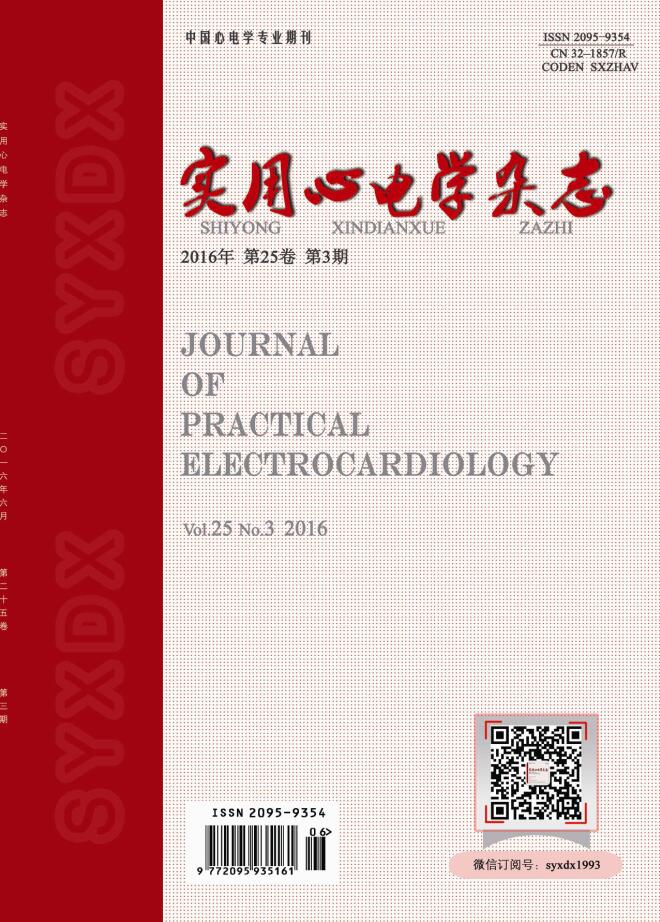● Article
GUO Ping, ZHANG Yan, CHEN Guang-Zhi, WANG Yan, WANG Dao-Wen
Objective To evaluate the accuracy of portable remote multiparameter monitor in clinical application for patients with cardiovascular diseases, and to explore its clinical value preliminarily. [WTHZ]Methods[WT]A total of 160 inpatients in our hospital were selected as research objects. According to blood pressure, oxygen saturation(SaO2) and ECG results, they were divided into hypertension group, hypotension group, normal blood pressure group, low SaO2 group, normal SaO2group, arrhythmia group, ST-T change group and normal ECG group, each with 20 cases. With portable remote multiparameter monitor, ECG, blood pressure and SaO2 of all the patients were measured. ECG data obtained from routine 12 lead electrocardiograph, blood pressure measured from mercury sphygmomanometer and SaO2 value acquired from blood oxygen saturation meter were regarded as “reference standards”. Correlation analysis was carrid out between the observed results from remote multi-parameter monitor such as arrhythmia, changes of ST segment, blood pressure, SaO2, etc. and the reference standards. The diagnostic coincidence rates of multi-parameter monitor and “reference standards” were evaluated. Results The measured results of blood pressure and SaO2 by remote multi-parameter monitor were highly correlated with the reference standards. There was no statistically significant difference between the two sets of data(P>0.05). ECG monitoring had exactly the same ability of identifying arrhythmia and ST-T changes as routine 12 lead electrocardiograph.Conclusion The remote multi-parameter monitor has a high correlation with commonlyused monitoring instruments. By realtime observation, timely detection and early warning of abnormalities, effective intervention measures can be taken at an early phase. It has relatively high clinical application value.
